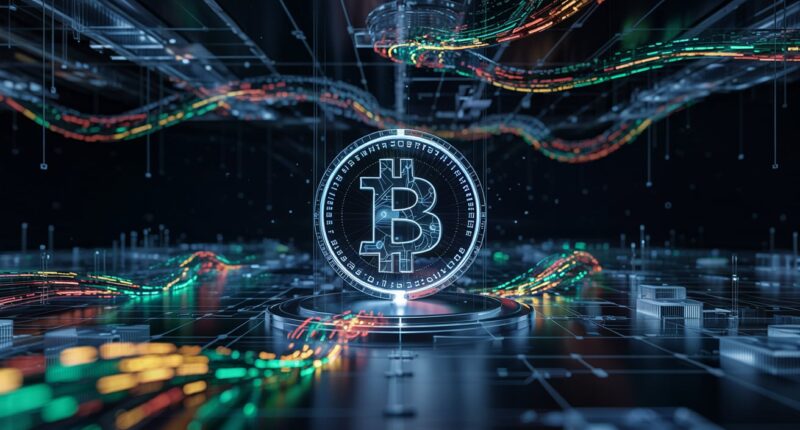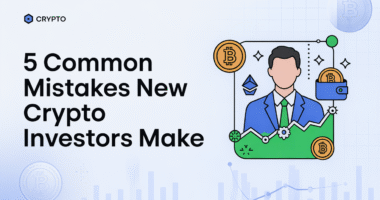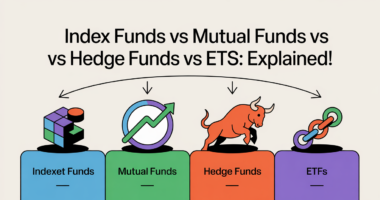Bitcoin’s code caps its supply at 21 million. Once reached (around 2140), no new bitcoins will be created, making Bitcoin deflationary. From then on, miners will earn rewards only from transaction fees.
Technical Implications
Bitcoin’s supply follows a programmed halving schedule. Every 210,000 blocks (~4 years), the block subsidy is cut in half. By about 2140 the final coin will be mined and issuance stops. From that point on, each new block confirms transactions but mints no new BTC, fixing supply at under 21 million.
Economic Implications
A fixed supply means scarcity. If Bitcoin demand grows while supply is capped, prices should rise. Critics warn that extreme deflation could discourage spending and encourage hoarding, while supporters counter that Bitcoin’s divisibility and store-of-value appeal can mitigate these issues.
Impact on Miners
Miners’ block rewards vanish after the 21M limit. Currently each block yields a subsidy (e.g. 6.25 BTC) plus fees; after all coins are mined, the subsidy drops to zero and miners earn only transaction fees.
-
Before 21M: Subsidy + fees.
-
After 21M: Subsidy = 0; miners live off fees.
-
Fee Market: With no subsidy, miners will push for higher fees.
-
Miner Strategy: Efficiency is key. Miners will use faster ASICs and cheap energy to prioritize high-fee transactions.
Price and Network Security
Bitcoin Price Outlook
Fixed supply tends to push Bitcoin’s price up if demand holds. Past halving events (which slow new issuance) often preceded large price rallies. Conversely, if demand weakens, the price impact may be limited.
Network Security After the Cap

Without a block subsidy, miners rely solely on fees, raising concerns that fees may not cover costs. However, Bitcoin’s difficulty will adjust downward if mining power falls, helping remaining miners. Moreover, higher Bitcoin prices (from scarcity) also boost mining revenue in fiat terms. Additionally, off-chain channels (like Lightning) can handle many small payments, leaving on-chain miners to secure larger, fee-paying transactions.
Protocol and Miner Behavior
Hard Cap Governance
Changing Bitcoin’s 21M limit is virtually impossible under current consensus. The hard cap is central to Bitcoin’s design; altering it would break trust and likely crash the price. Proposals (like inflation after the cap) were never adopted.
Miner Adaptation
Miners will adapt by maximizing efficiency; only low-cost, high-power operations will remain profitableriver.com. Mining may concentrate among these efficient players. Small transactions will likely move off-chain (via Lightning), leaving on-chain miners to process larger, high-fee transfers.
Overall, no new issuance means miners will rely entirely on transaction fees and must maximize efficiency. A fixed supply could reinforce scarcity-driven demand and higher pricescointelegraph.com. Network security will require a robust fee market and sufficient hashing power.









